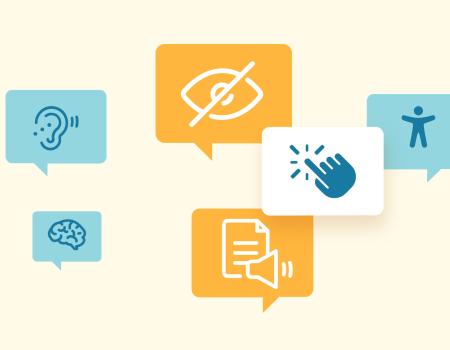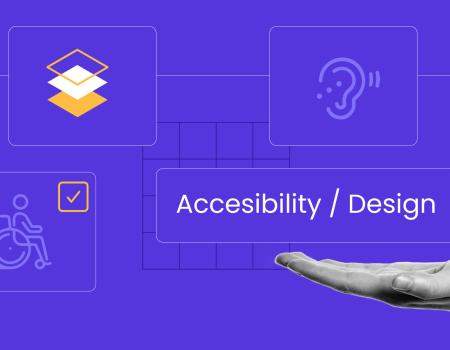What is bespoke web design?
Bespoke web design starts with a clean slate and a blank canvas. It is the opposite of a commercial off-the-shelf (COTS) template-driven approach.
The problem with buying a Drupal or WordPress template, off-the-shelf, from a template factory is that most pre-built templates are:
- Not well-engineered, hence problematic
- Overloaded with unnecessary code and features
- Difficult to customize without unintended side-effects
The solution, or antidote, to generic, pre-built, off-the-shelf templates is a custom web design, which is often called "bespoke" web design.
The big problem with bespoke web design...
is that convention has a purpose. Conventions are standard ways of doing things to foster order and avoid chaos and conflict. There is a reason why people drive on the right side of the road in most countries. Imagine if there were no convention regarding which side of the road to drive. If some people drove on the left while others drove on the right, we would see more congestion, more accidents, more deaths.
The problem with bespoke is that it unnecessarily discards best practices and thoughtful conventions that have been ironed out over time. In their quest to be truly creative, innovative, and one-of-a-kind, many creative agencies and "bespoke" web designers will deliver a website that doesn't make sense, that few people can figure out, that seems more like a treasure hunt.
Especially if somebody is in a hurry to get information quickly or to take action quickly, or if somebody has a disability which makes navigating a normal website challenging, the last thing you want to do is slow people down and make it harder for them to consume your content and interact with your website.
If not done well, Bespoke is problematic
In order for websites to be responsive, i.e., for them to flow properly and respond to a variety of screen sizes, i.e., desktop, tablet, mobile, then they have to follow certain standards and conventions. The same is true for web browsers such as Chrome, Edge, Safari, and Firefox. The same is true for usability.
In order for websites to be intuitive, obvious, and easy to navigate, we need to follow basic rules of usability, i.e., links should look clickable. If something is not clickable then it should not look clickable. If it is clickable, it should look clickable. People shouldn't have to think too much or too hard every time they come to a new website. The search button or bar should be where it is supposed to be. Don't make people hunt around for it.
Design standards exist for a reason. That is one reason why the U.S. Web Design System exists: See designsystem.digital.gov. This is why the World Wide Web Consortium (W3C) exists.
How to do bespoke web design well
The way you avoid websites that look like clones of other websites, i.e., off-the-shelf templates, is to practice the following:
- Think about your intended target audience - practice user centered design (UCD) and human factors engineering (HFE)
- Be agile - survey your target audience, rapidly develop a prototype, test the prototype with your target audience, collect feedback, improve and iterate based on that feedback
- Think usability - don't make people have to think about how to figure out your user interface. Make the user experience natural and intuitive.
- Follow convention - follow standards, follow best practices, put things where they are supposed to be.
- Brand distinctively - Change the font family to match the content and reflect the target audience. Ensure the color scheme goes well with the logo. Shoot custom photos, create custom graphics, or buy premium-quality stock photography.



